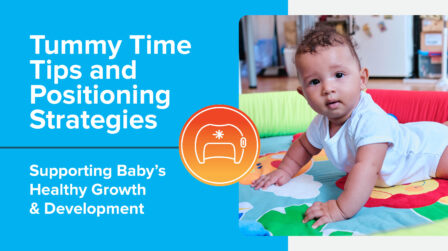Arthrogryposis
A variety of conditions that cause stiffness in joints, limiting range of motion.
Understanding Arthrogryposis
Arthrogryposis is a term used to describe a variety of conditions that cause contractures (stiffness) in multiple joints, limiting range of motion. It affects roughly 1 in 3,000 children, with equal numbers in boys and girls, and is generally diagnosed at birth when two or more contractures are discovered in different locations of the body.
Genetic testing may be recommended by a doctor to look for a primary cause of the condition. Although arthrogryposis does not get worse as children age, abnormal stiffness of joints can lead to problems meeting movement goals.
Treatment
The primary treatment goal for kids with arthrogryposis is to improve their quality of life. This includes increasing independence in daily activities and walking through treatments that focus on increasing the motion and strength of affected joints.
A child with arthrogryposis may see a physical or occupational therapist for stretching exercises and may also see an orthotist, a specialist who designs leg braces to help manage their condition.
Orthotic treatment (bracing) can be tailored to a child’s specific needs to help them reach their goals. Bracing may be used to increase joint mobility or to prevent the recurrence of joint tightness. A brace (orthosis) may be prescribed for either daytime and/or nighttime use. A daytime brace can be used to support part of the body or make activities easier. A nighttime brace can be used to provide a stretch to improve joint range of motion. If a child’s joint tightness is severe, surgery may be recommended to improve their function.
1. Kowalczyk, B, Felus, J. Arthrogryposis: an update on clinical aspects, etiology, and treatment strategies. Arch Medi Sci. 20016, Feb 1. | 2. Bartonek, Å. The use of orthoses and gait analysis in children with AMC. J Child Orthop 9, 437–447 (2015). ttps://doi.org/10.1007/s11832-015-0691-7.
Latest Updates
Subscribe to stay up-to-date on our latest posts.


